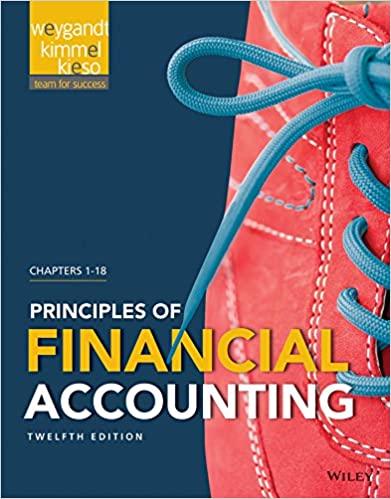

Required information (The following information applies to the questions displayed below.) The following post-closing trial balance was drawn from the accounts of Little Grocery Supplier (LGS) as of December 31, Year 1. Credit Debit $5,280 17,255 $2,175 23,310 Cash Accounts receivable Allowance for doubtful accounts Inventory Accounts payable Common stock Retained earnings Totals 8,010 19,700 15,960 $ 45,845 $45,845 Transactions for Year 2 1. LGS acquired an additional $9,800 cash from the issue of common stock. 2. LGS purchased $61,400 of inventory on account. 3. LGS sold inventory that cost $61,400 for $93,700. Sales were made on account 4. The company wrote off $1,060 of uncollectible accounts. 5. On September 1, LGS loaned $8,500 to Eden Company The note had an 9 percent interest rate and a one-year term. 6. LGS paid $14,040 cash for operating expenses. 7. The company collected $74,610 cash from accounts receivable. 8. A cash payment of $46,070 was paid on accounts payable. 9. The company paid a $5,000 cash dividend to the stockholders. 10. Accepted credit cards for sales amounting to $3,900. The cost of goods sold was $1,600. The credit card company charges a 5 percent service charge. The cash has not been received. 11. Uncollectible accounts are estimated to be 3 percent of sales on account. 12. Recorded the accrued interest at December 31, Year 2. Required a. Record the given transactions in general journal form. (If no entry is required for a transaction/event, select "No journal entry required" in the first account field. Round your answers to nearest whole dollar.) b. Open T-accounts and record the beginning balances and the Year 2 transactions. (Round your answers to nearest whole dollar.) Cash Accounts Payable Beginning Balance Beginning Balance Ending Balance Ending Balance Accounts Receivable Common Stock Beginning Balance Beginning Balance Ending Balance Ending Balance Allow. For Doubt. Acct. Retained Earnings Beginning Balance Beginning Balance Ending Balance Merchandise Inventory Dividends Beginning Balance Beginning Balance Ending Balance Ending Balance Accts. Rec. Credit Cards . . Sales Revenue Beginning Balance Beginning Balance Ending Balance Ending Balance Interest Receivable Cost of Goods Sold Beginning Balance Beginning Balance Ending Balance Ending Balance Notes Receivable Operating Expenses Beginning Balance Beginning Balance Ending Balance Ending Balance Uncoll. Acct. Expense . Beginning Balance Ending Balance Credit Card Expense Beginning Balance Ending Balance Interest Revenue Beginning Balance Ending Balance








